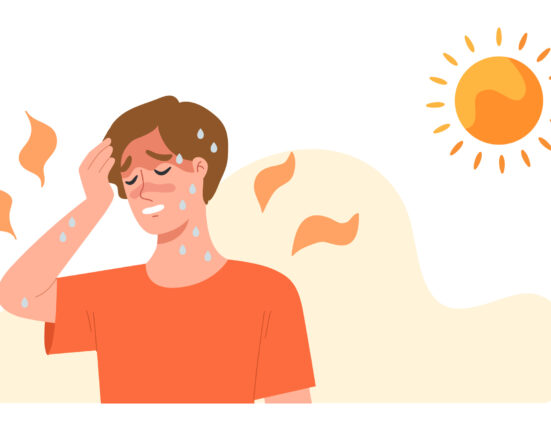A soft breeze carries particles of Saharan dust across the vast Atlantic Ocean, on a journey towards the Southern states of the United States. As this dusty plume swirls through the skies, it heralds a natural spectacle that is as mysterious as it is potentially hazardous. The phenomenon of Saharan dust events is not unfamiliar to regions like Florida, the Caribbean, and the Gulf Coast – where these sandy clouds make landfall multiple times a year.
In 2025, residents in Florida found themselves under a hazy veil courtesy of this Sahara-borne visitor. While its arrival may seem like an exotic occurrence straight out of adventure novels, scientists are delving into how climate change could influence both the frequency and potency of these dusty incursions in the coming years.
Dust from these desolate terrains brings with them a cocktail of minerals commonly found in desert sands – think quartz and various silicates. But there’s more than meets the eye; as these plumes traverse thousands of miles over oceans and continents, they can pick up additional pollutants, microbes, and even fungi along their journey. When exposed to sunlight or reacting with other airborne substances, these particles can transform into a complex mix of chemicals that pose risks to human health.
### Understanding Saharan Dust Composition
Researchers have unraveled that Saharan dust comprises various components such as minerals commonly present in desert sand like silicates including quartz. However, during its transcontinental voyage from Africa to America, these dust plumes also accumulate other contaminants ranging from bacteria to viruses and fungi. The interplay between different pollutants within this dusty ensemble can lead to the generation of new chemical compounds with potential health implications.
#### Impact on Health: Delving Into Danger
The peril lies in the minuscule size of these particles which enables them to infiltrate deep into our respiratory system upon inhalation. Once lodged within our lungs, they unleash their damaging effects by triggering irritation and inflammation – potentially paving the way for respiratory complications among vulnerable individuals.
To safeguard against potential health hazards posed by Saharan dust exposure requires vigilance and proactive measures geared towards minimizing contact with airborne particulates carrying potential threats within their invisible folds.
As we navigate through this atmospheric dance orchestrated by nature between continents far apart yet strangely interconnected through swirling clouds of sand – let us remain vigilant about safeguarding our well-being amidst this seemingly distant phenomenon drawing closer than we realize.









Leave feedback about this